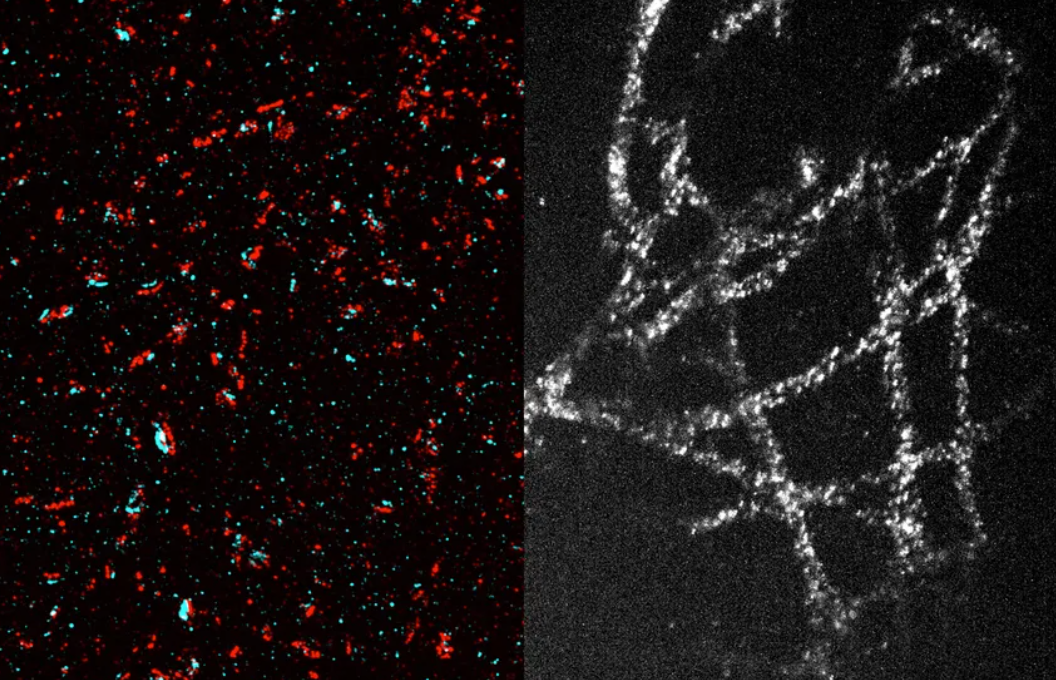"Informed AI News" is an publications aggregation platform, ensuring you only gain the most valuable information, to eliminate information asymmetry and break through the limits of information cocoons. Find out more >>
MIT Develops Cost-Effective Nanoscale Imaging Technique for Standard Microscopes
- summary
- score

MIT researchers have developed a method to achieve nanoscale imaging using standard optical microscopes, bypassing the need for expensive, high-resolution microscopes. This technique, called expansion microscopy, involves embedding tissue in a water-absorbing polymer that breaks protein bonds, allowing the tissue to expand up to 20 times its original size. Once expanded, the tissue can be imaged at a resolution of about 20 nanometers, revealing cellular structures like mitochondria and protein clusters.
Previously, achieving such high resolution required multiple expansion steps, making the process complex. The new method simplifies this by enabling a single-step 20-fold expansion using a specially formulated gel. This gel, made from N,N-dimethylacrylamide (DMAA) and sodium acrylate, is mechanically stable and forms cross-links without additional chemicals.
The technique has been used to image intricate structures within brain cells and cancer cells, demonstrating its potential across various biological studies. The simplicity and cost-effectiveness of this method mean that it could be widely adopted in many labs, democratizing access to high-resolution imaging.
Key terms:
- Nanoscale imaging: Capturing details at the nanometer level (billionths of a meter).
- Expansion microscopy: A technique that enlarges biological samples to make fine details visible under standard microscopes.
- N,N-dimethylacrylamide (DMAA): A chemical used in the gel to stabilize the expanded tissue.
This innovation not only lowers the financial barrier to high-resolution imaging but also streamlines the process, making it more accessible to a broader scientific community.
| Scores | Value | Explanation |
|---|---|---|
| Objectivity | 7 | Comprehensive and balanced reporting on a scientific innovation. |
| Social Impact | 5 | Significant influence on public opinion and scientific community. |
| Credibility | 6 | Verified by MIT, confirmed by multiple sources. |
| Potential | 6 | High potential to lead to significant changes in imaging technology. |
| Practicality | 7 | Highly practical, widely applicable in various labs. |
| Entertainment Value | 2 | Low entertainment value, primarily scientific content. |